Introduction
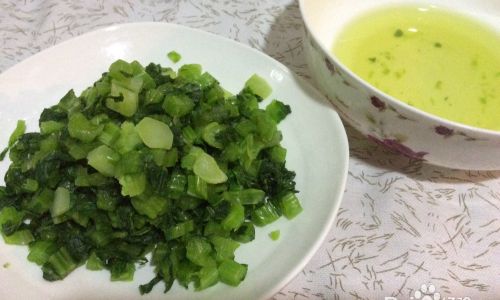
Pickled mustard greens are a culinary delight that transcends seasons, offering a tangy, crisp, and refreshing burst of flavor to any meal. Whether enjoyed as a side dish, a topping for sandwiches, or an ingredient in salads, their versatility makes them a staple in many households. However, achieving the perfect balance of tang, crunch, and flavor can be a challenge for even the most seasoned chefs. This comprehensive guide aims to demystify the process of making delicious pickled mustard greens, ensuring that every bite is a delightful explosion of taste.
Understanding Mustard Greens
Before diving into the pickling process, it’s crucial to understand the basics of mustard greens. Mustard greens, scientifically known as Brassica juncea, belong to the Brassicaceae family, which also includes broccoli, cabbage, and kale. They have a distinct, slightly bitter flavor profile that becomes milder and more palatable when cooked or pickled. The leaves can vary in texture from tender and delicate to tough and fibrous, depending on the variety and stage of maturity.
When selecting mustard greens for pickling, look for fresh, vibrant leaves with no signs of wilting or discoloration. The stems should be firm and crisp, indicating freshness. Avoid greens that have been sitting in the produce section for too long, as they may lose their crunch and develop an off-flavor.
Preparing the Mustard Greens
-
Cleaning the Greens
Begin by thoroughly washing the mustard greens under cold running water. This removes any dirt, debris, or pesticides that may be present on the surface. Be gentle when handling the leaves to prevent tearing, which can lead to increased surface area for bacteria to grow during pickling. Pat the greens dry using a clean kitchen towel or paper towels. Excess moisture can稀释the brine, affecting the pickling process. -
Trimming and Chopping
Depending on your preference, you can either pickle whole mustard greens leaves or chop them into bite-sized pieces. If choosing to chop, use a sharp knife to ensure clean cuts that minimize cell damage, which helps retain the greens’ crispiness. Remove any thick stems or yellowed outer leaves, as they can be bitter and tough.
The Pickling Process
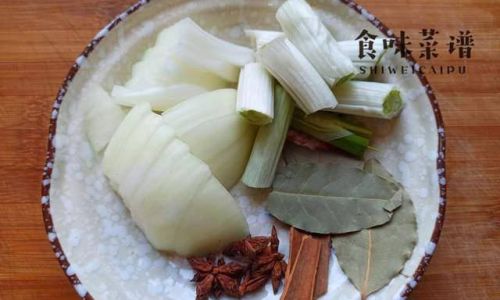
-
Selecting the Right Brine
The brine is the cornerstone of successful pickling. It not only preserves the mustard greens but also infuses them with flavor. A basic brine consists of water, vinegar, and salt, but you can enhance it with various spices and herbs to suit your taste.- Water and Vinegar Ratio: A common ratio is 1 part vinegar to 2 parts water. For a tangier pickle, increase the vinegar proportion. Apple cider vinegar, white vinegar, or rice vinegar are all good choices, each contributing its unique flavor profile.
- Salt: Salt acts as a preservative and enhances flavor. Use about 1-2 tablespoons of non-iodized salt per quart of brine.
- Spices and Herbs: Consider adding garlic cloves, whole peppercorns, bay leaves, or dill for added depth. For a sweet-and-sour twist, incorporate a small amount of sugar.
-
Boiling the Brine
Combine all brine ingredients in a pot and bring to a boil. This step ensures that the salt and spices are fully dissolved and helps sanitize the brine, reducing the risk of contamination. Once boiling, reduce the heat and let it simmer for a few minutes to allow the flavors to meld. -
Packing the Jars
While the brine is simmering, prepare clean, sterile glass jars. Use jars with tight-fitting lids to prevent air from entering, which could spoil the pickles. Pack the mustard greens tightly into the jars, ensuring there are no large air pockets. This helps maintain the greens’ crispiness and ensures they are fully submerged in the brine. -
Pouring the Brine
Carefully pour the hot brine over the packed mustard greens, ensuring they are completely covered. Use a chopstick or a small ladle to press down on the greens if necessary, releasing any trapped air bubbles. The brine should reach the top of the jar, leaving about half an inch of headspace to prevent overflow during storage. -
Sealing and Processing
Secure the jar lids tightly and allow the jars to cool to room temperature. For long-term storage, process the jars in a water bath canner. This involves submerging the jars in boiling water for a specified amount of time (usually 10-15 minutes for pint-sized jars), then removing them and letting them cool naturally. This step creates a vacuum seal, further preserving the pickles.Alternatively, for immediate consumption or short-term storage in the refrigerator, skip the water bath canning process and simply let the jars cool before transferring them to the fridge.
Flavor Variations and Enhancements
-
Fermented Pickled Mustard Greens
For a probiotic-rich twist, try fermenting your mustard greens instead of using a vinegar-based brine. This involves packing the greens in a jar with a brine made from salt and water (typically a 2% salt solution), then allowing them to ferment at room temperature for several days to weeks. During this time, beneficial bacteria convert sugars into lactic acid, creating a tangy, sour flavor. Monitor the fermentation closely, tasting periodically until you reach your desired level of tanginess.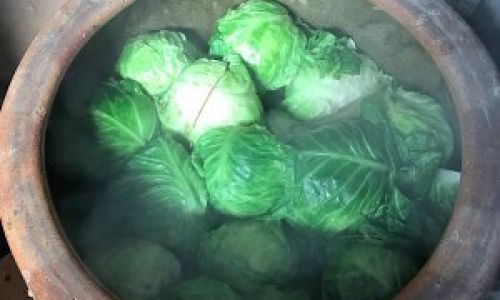
-
Adding Vegetables and Fruits
Mix things up by incorporating other vegetables or fruits into your pickling jar. Carrots, radishes, cucumbers, or red bell peppers can add color, texture, and additional layers of flavor. Apple slices or cranberries can provide a sweet-tart contrast. -
Infusing with Oil
For a richer, more complex flavor, consider infusing your brine with a flavorful oil, such as olive oil, sesame oil, or even chili oil. This can be done by heating the oil gently with spices like garlic, ginger, or red pepper flakes before adding it to the brine. Note that oil-infused pickles should be refrigerated and consumed within a shorter period due to the risk of spoilage.
Storage and Serving Tips
- Proper Storage: Once sealed and cooled, store your pickled mustard greens in a cool, dark place if they have been processed in a water bath canner. For refrigerator pickles, store them in the coldest part of your fridge.
- Serving Suggestions: Pickled mustard greens can be enjoyed straight from the jar as a crunchy snack, added to sandwiches or wraps for a tangy kick, or tossed into salads for an extra layer of flavor. They also pair well with grilled meats, fish, or tofu, providing a refreshing contrast to rich, savory dishes.
Conclusion
Making delicious pickled mustard greens is an art that combines science, patience, and creativity. By understanding the basics of mustard greens, mastering the pickling process, and experimenting with flavor variations, you can create pickles that are not only delicious but also uniquely yours. Whether you prefer a traditional vinegar-based brine, a fermented tang, or a blend of vegetables and fruits, the possibilities are endless. So, gather your ingredients, roll up your sleeves, and embark on a culinary journey that will delight your taste buds and impress your friends and family. Happy pickling!
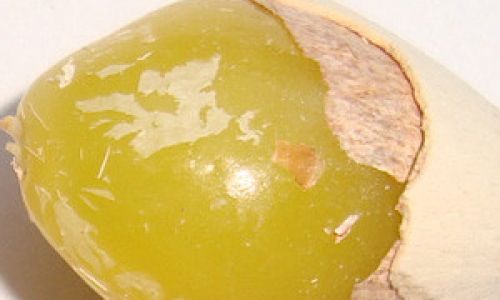


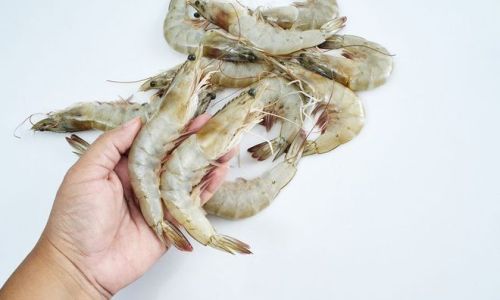
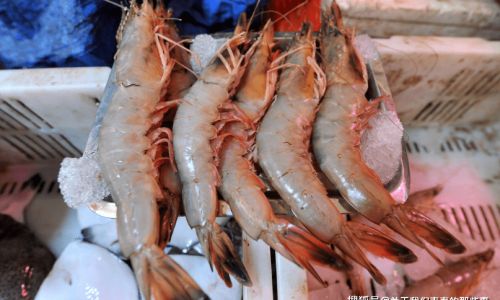
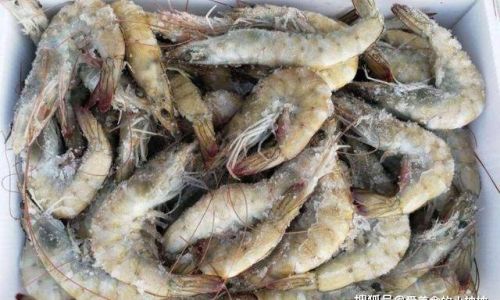
0 comments